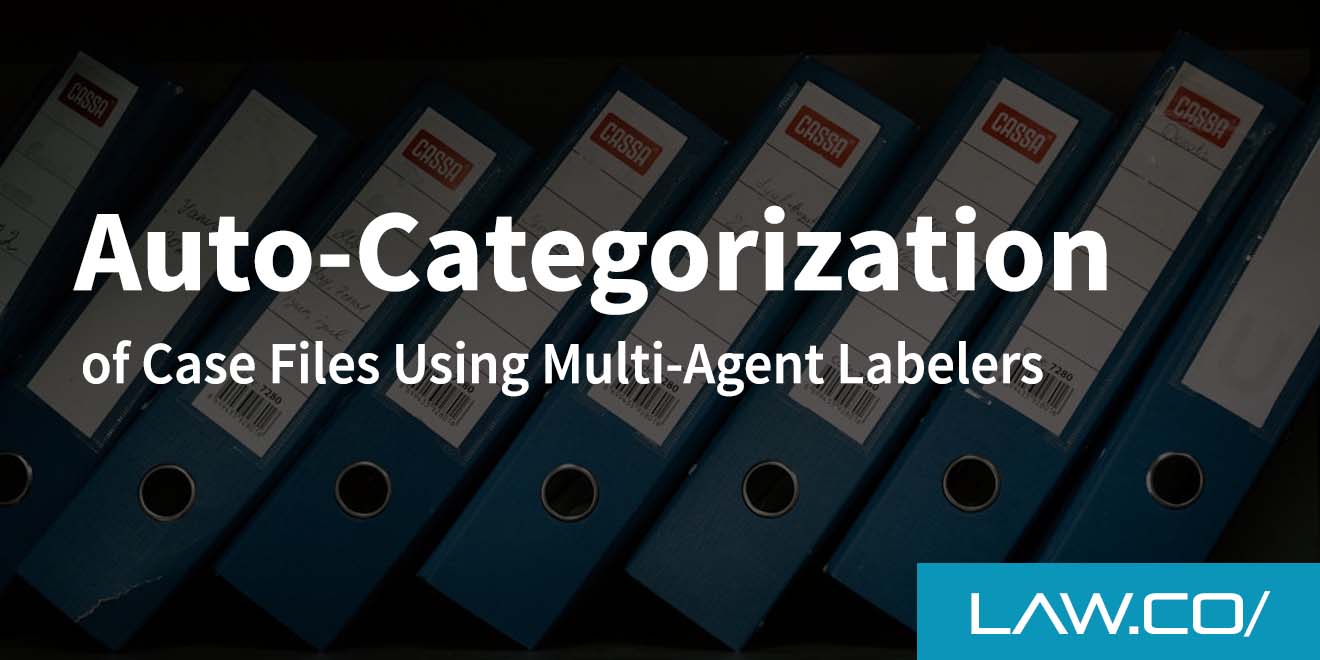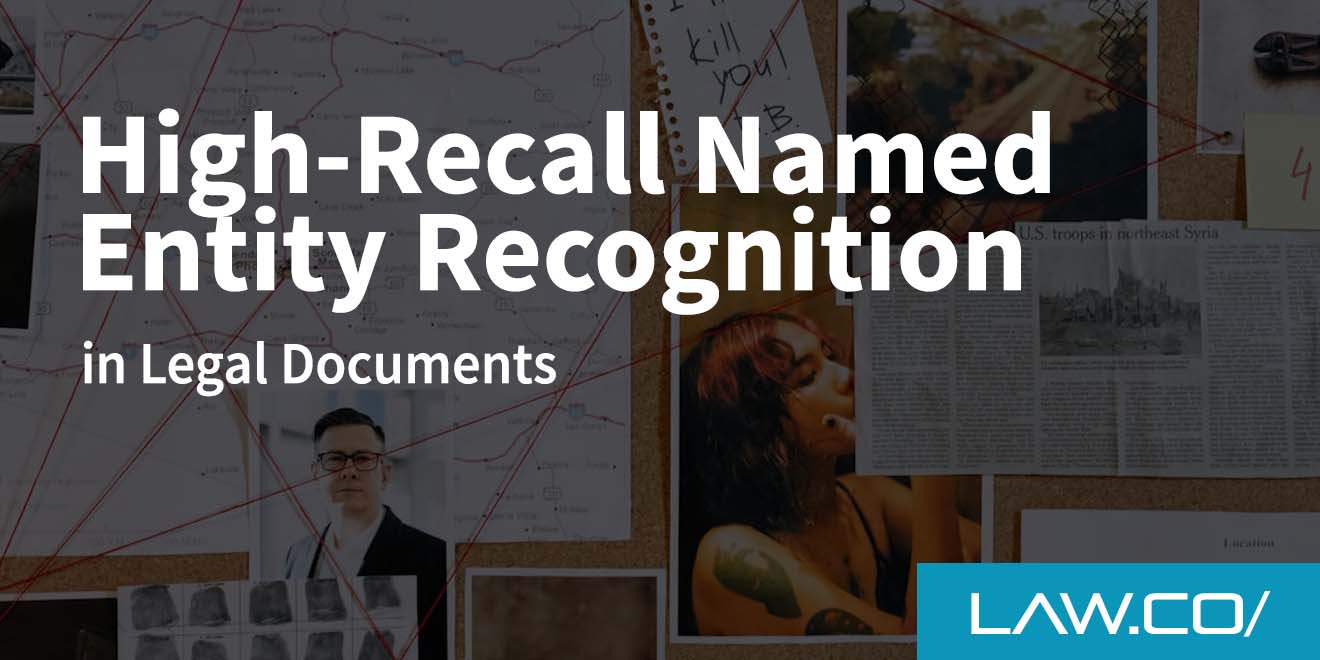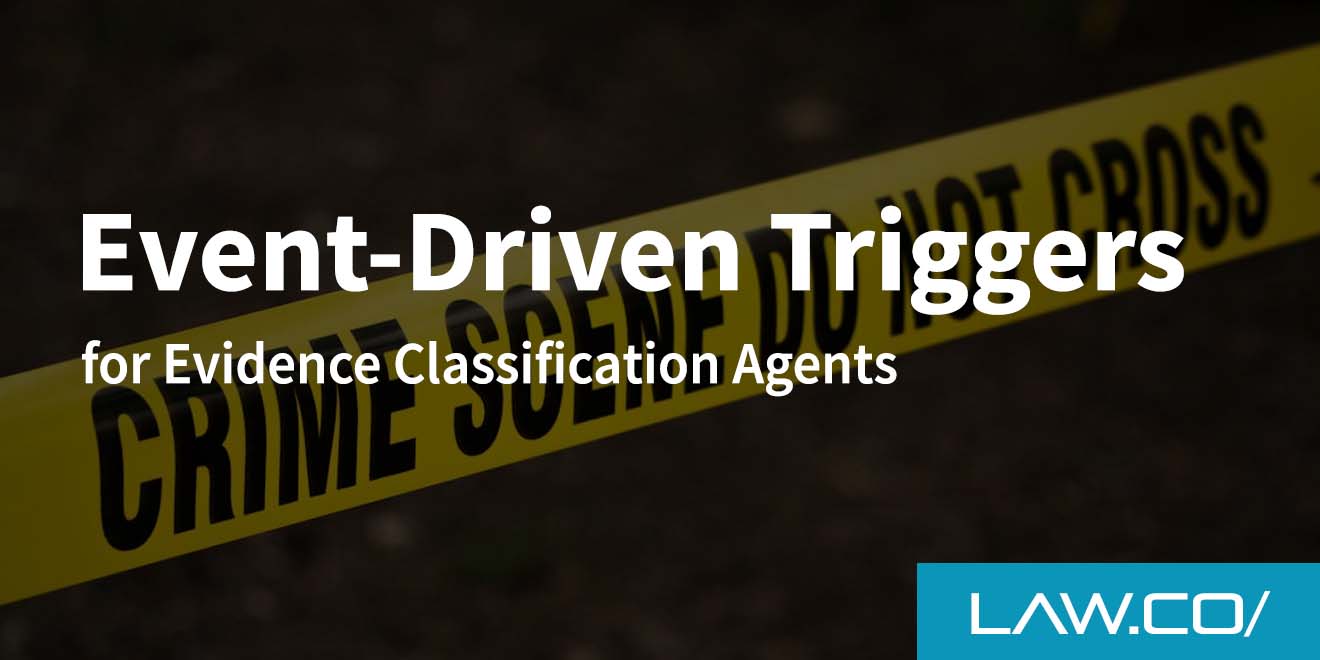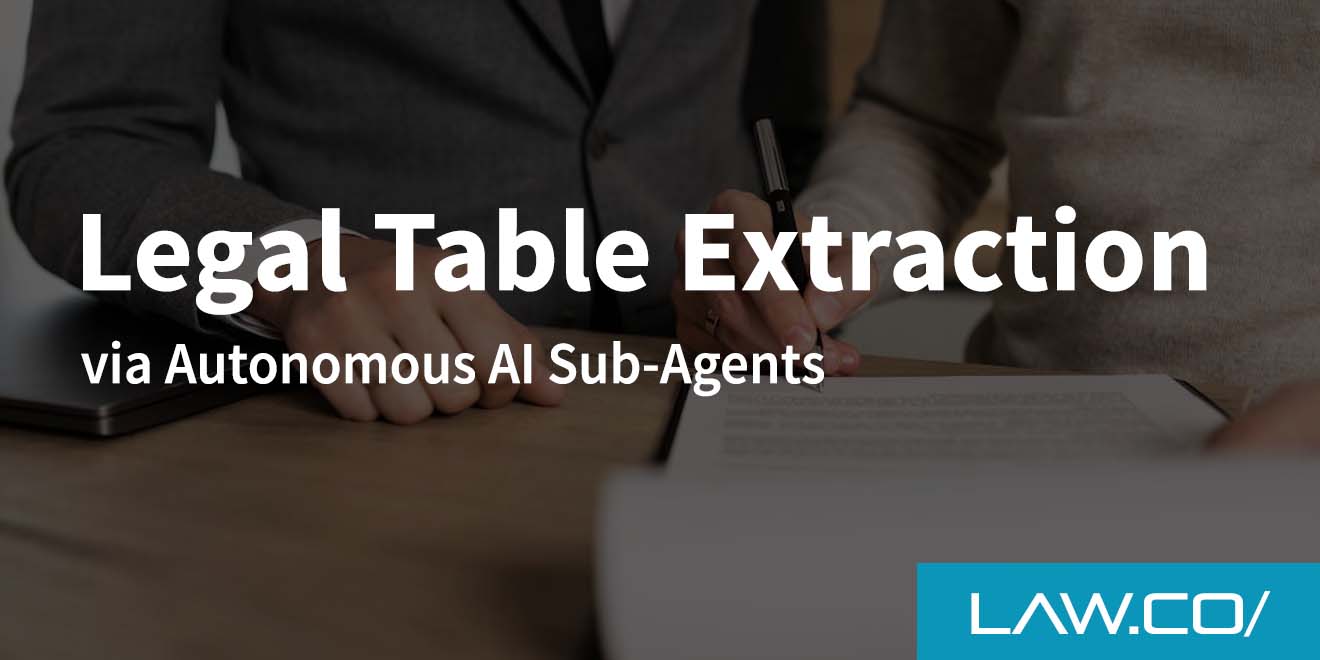

Token Budgeting in Deep Legal Agent Chains
Artificial-intelligence tools are no longer fringe gadgets in the legal industry; they are quickly becoming co-counsel. Whether you are automating document review, drafting discovery requests, or building an internal knowledge bank, chances are you now rely on “agent chains”—series of AI calls in which one model hands its output to the next model (and sometimes back again) until the task is complete.
The deeper the chain, the more tokens you burn and the more money—plus risk—you take on. Much like a litigation team needs a budget for billable hours, a well-designed AI workflow needs a token budget. Blow through it, and you may face runaway costs, latency that irritates clients, or a context window so jam-packed the model starts forgetting the beginning of its own argument.
Below is a hands-on roadmap, written for busy lawyers and firm administrators, on how to think about, plan, and enforce token budgeting in deep legal agent chains.
What Exactly Is a “Token” and Why Should Lawyers Care?
In plain English, tokens are the bite-size chunks—roughly a word or part of a word—that a language model reads and writes. Billing is almost always per thousand tokens. If you feed a 30-page contract into a model and ask for a risk summary, every clause, comma, and definition becomes a cost item.
Add a follow-up agent that cleans the summary, one that turns it into client-friendly bullet points, and another that stores it in your knowledge base, and your single request has quietly multiplied into five or six token-heavy prompts.
The Legal Translation of “Token Overrun”
- Cost Escalation: Because agent chains often include multiple model calls, an unnoticed loop can rack up a day’s worth of billables in minutes.
- Privilege & Confidentiality Risks: Larger prompts mean more sensitive text is shipped to the cloud, widening the attack surface if something goes wrong.
- Hallucination Pressure: Once the context window is crammed, the model may start dropping or distorting earlier facts—never ideal when quoting a statute.
Mapping an Agent Chain the Way You Map a Matter
When partners scope a new litigation, they chart every deposition, motion, and deadline. Apply the same discipline to AI. Sketch your agent chain on a whiteboard: each box is an agent, each arrow a hand-off. Under every box, jot down two numbers—the average input tokens and average output tokens. That quick visualization often exposes hidden “token hogs.”
Common Legal Bottlenecks
- Bulk Document Ingestion
- Re-formatting or Cleaning Agents
- Summarization Loops (asking for shorter and shorter versions)
- Long-form Drafting (briefs, opinion letters)
- Memory Agents that store conversation history
Building a Sensible Token Budget: Four Core Steps
Establish Baseline Metrics
Before you can budget, you need data. Run a week’s worth of typical matters through your chain and capture:
- Total tokens per call
- Average depth (how many agents per task)
- Peak usage moments (e.g., right before a filing deadline)
House those stats in a simple spreadsheet or, better yet, your billing system.
Set Thresholds and Alerts
Decide on a hard ceiling for tokens per matter type—say, 500K tokens for a small M&A deal review. Most leading LLM platforms allow webhook or email alerts once that threshold is crossed. Treat the alert like a redline in your monthly budget meeting.
Optimize Prompts and Context
- Prune the Record: Include only the provisions needed to answer the specific question.
- Use References, Not Raw Text: Sometimes a clause number is enough; no need to paste the whole indemnity section.
- Collapse Chains: If two agents do light editing, merge them into one.
Iterate and Audit
Token budgets are living documents. Revisit them quarterly—earlier if your firm’s caseload shifts. Audit a random sample of matters to confirm models aren’t quietly ballooning your costs.
Practical Tools Lawyers Can Implement Today
Token Counters and Dashboards
Several vendors offer plug-ins that show real-time token counts in your drafting window. Even a simple Chrome extension can flag, “You’re about to paste 18,000 tokens—are you sure?”
Budget-Aware Middleware
Think of this as the traffic cop between your practice-management system and the LLM API. Middleware can:
- Deny prompts that exceed policy limits
- Route large jobs to cheaper, slower models overnight
- Log every call for post-matter billing audits
Prompt Libraries
Just as many firms keep model briefs, create a vetted library of token-efficient prompts. When a junior associate needs a deposition summary, they should pull from the library rather than invent a verbose prompt that doubles the token count.
Ethical and Confidentiality Considerations
Token budgeting is not solely a financial exercise; it intersects with professional-responsibility rules.
- Informed Consent: If your workflow sends entire case files to an external model, you may need client consent under Rule 1.6.
- Data Minimization: Only share the minimum data required; fewer tokens often means better compliance.
- Audit Trails: Maintain logs not just for billing but for potential discovery requests about how AI informed your legal advice.
Case Study: Streamlining Due-Diligence Reviews
A mid-size corporate firm ran every purchase agreement through a five-agent chain:
- OCR & cleanup
- Clause extraction
- Risk scoring
- Plain-English rewriting
- Database archival
The process delivered excellent memos—but at 3.2 million tokens per deal. By rewriting prompts, trimming needless summaries, and merging steps 3 and 4, the firm cut usage to 1.1 million tokens—an annual savings of roughly $240,000 in API fees. More importantly, review time dropped by 40%, and the firm could price fixed-fee packages more confidently.
Conclusion
Deep legal agent chains open remarkable possibilities—automated contract analysis, real-time legislative tracking, even drafting assistance at 2 a.m. on the eve of trial. Yet they are not a free lunch. Just as every associate hour must be justified on a client invoice, every token should earn its place in your workflow. With clear budgeting, vigilant monitoring, and ethically sound practices, your firm can harness AI’s power without handing it a blank check—or your client’s secrets.
Take the time this month to map your chains, set token thresholds, and build in alerts. The next time an urgent matter drops on your desk, you’ll know your AI stack is humming efficiently in the background, delivering value instead of surprises.

%201.svg)










